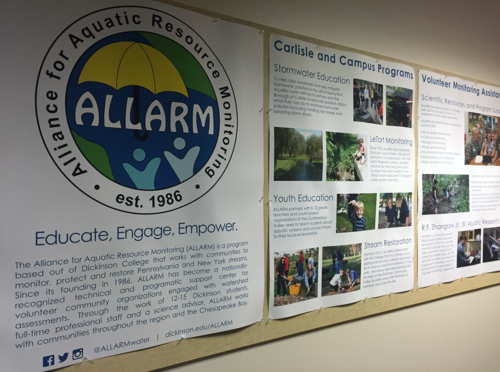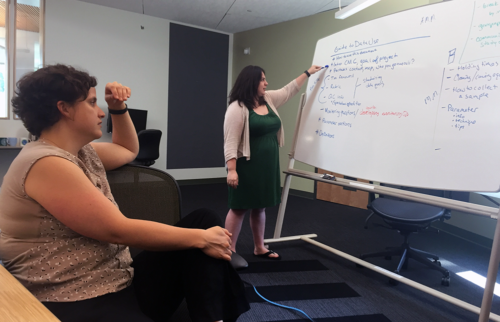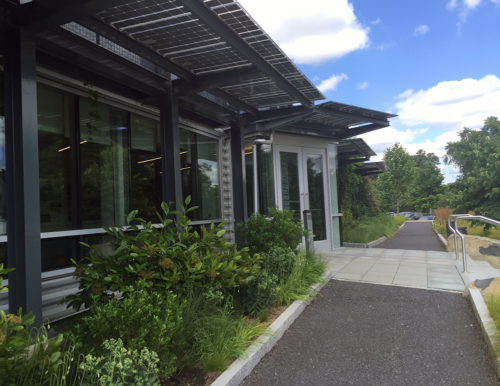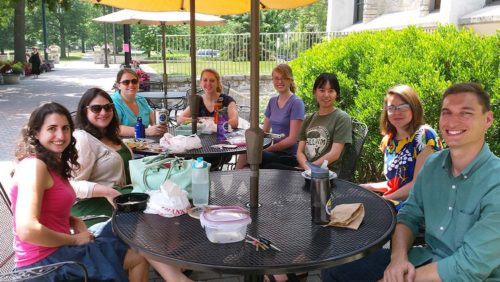Pursuing happiness (and data integration) in Pennsylvania: the Chesapeake Monitoring Cooperative Retreat
Alexandra Fries · On June 28th and 29th, members of the Chesapeake Monitoring Cooperative met at Dickinson College in Carlisle, Pennsylvania to move forward several aspects of the project. The Chesapeake Monitoring Cooperative is comprised of four groups with the goal of bringing together non-traditional and volunteer monitoring data throughout the Chesapeake Bay watershed and integrating the data with state agencies and the Chesapeake Bay Program. The four partners involved are the Izaak Walton League, the Alliance for the Chesapeake Bay, the Alliance for Aquatic Resource Monitoring (ALLARM), and UMCES.
The first step in accomplishing this is finding out which nontraditional groups have monitoring programs, what data they are collecting, and how it is collected and managed. In order to incorporate the data, quality assurance and quality control procedures need to be evaluated and examined. Several groups in the Chesapeake Bay Watershed already have comprehensive monitoring programs with state approved quality assurance project plans. For those groups who may need help with their monitoring programs, the Chesapeake Monitoring Cooperative is developing methods manuals and quality assurance project plans that will be approved by the U.S. EPA. Groups who don’t have the time or resources to develop them independently can use these resources. This can help facilitate inclusion of their data into federal databases.

In addition to completing a lot of work and planning for this project, we also were able to see some of Dickinson’s campus and had a tour of the ALLARM offices. I think my favorite things about the campus were the amount of green space, the beautiful landscaping, and the numerous stormwater best management practices spread throughout.


Overall we had a great two days of meetings and everyone agreed that we need to go back to Dickinson College again soon. In the meantime, the Chesapeake Monitoring Cooperative will have a plenary session at the Chesapeake Watershed Forum Conference in Shepherdstown, WV at the end of September in addition to a workshop about prioritizing effort for the project in October.

About the author
Alexandra Fries

Alexandra is a Program Manager at the Integration and Application Network (IAN) based at the University of Maryland Center for Environmental Science in Annapolis MD. Alexandra’s work in environmental management has been focused on assessment, monitoring, and management of aquatic, marine, and terrestrial ecosystems. Alexandra has extensive experience in data analysis, synthesis, mapping, interpretation, and communication. Alexandra has experience working with a diverse group of partners including those in local, state, and federal government, non-governmental organizations, non-profit organizations, private industry, and academia. Within IAN, Alexandra conducts data analysis, synthesis, and communication by completing environmental report cards, updating the IAN website, and conducting science communication courses. Alexandra also creates science communication materials such as diagrams, posters, presentations, newsletters, and reports using Adobe Creative Suite, Microsoft Office Suite, and ArcGIS. Alexandra has experience managing projects and staff on local and international projects, liaising directly with partners and colleagues, and providing insights on project direction and goals.